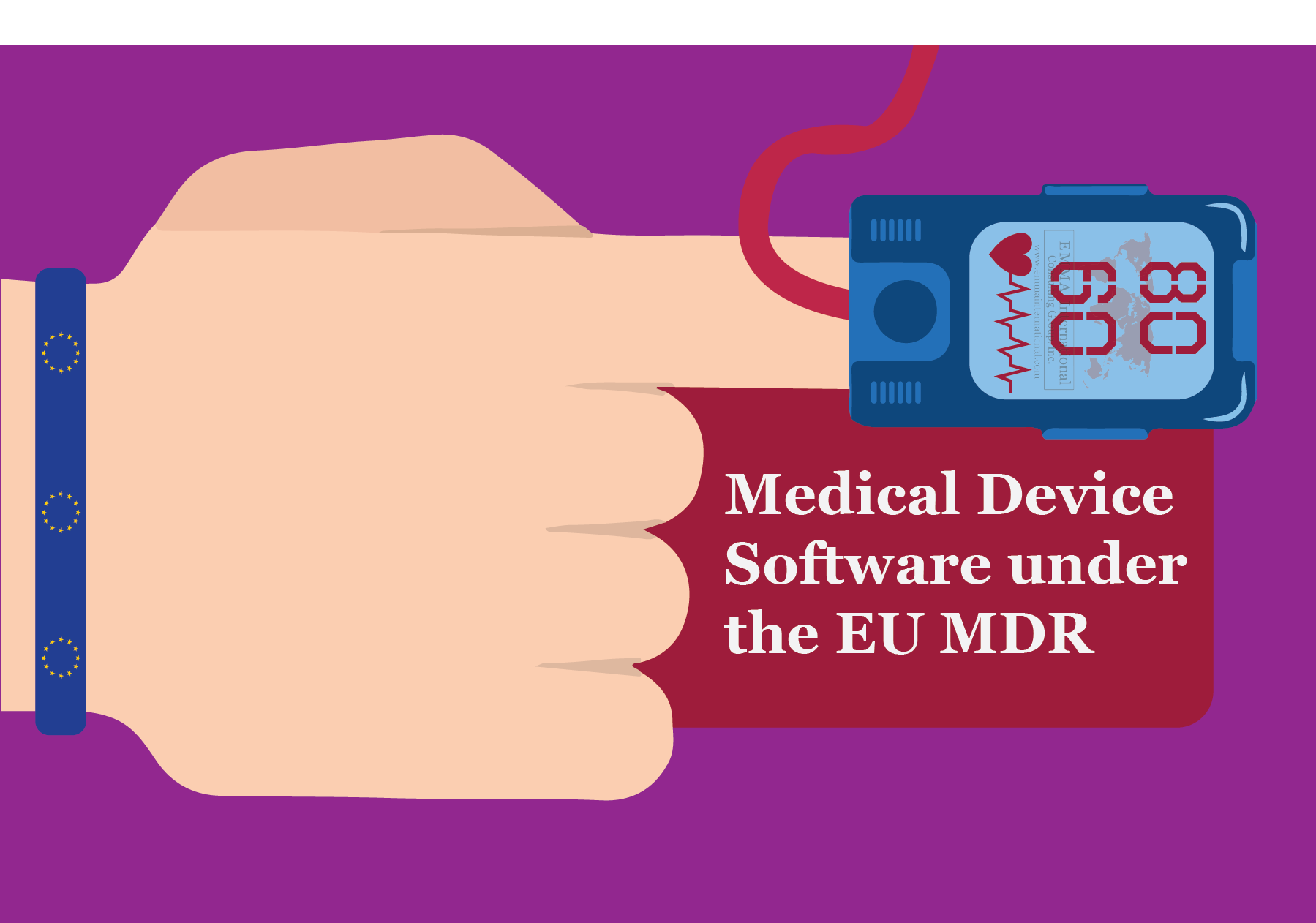With the up-classification of medical devices as per the new EU MDR, software used as a medical device has been affected the most.
Under Rule 11:
“Software intended to provide information which is used to take decisions with diagnosis or therapeutic purposes is classified as class IIa, except if such decisions have an impact that may cause: death or an irreversible deterioration of a person’s state of health, in which case it is in class III; or a serious deterioration of a person’s state of health or a surgical intervention, in which case it is classified as class IIb.
Software intended to monitor physiological processes is classified as class IIa, except if it is intended for monitoring of vital physiological parameters, where the nature of variations of those parameters is such that it could result in immediate danger to the patient, in which case it is classified as class IIb. All other software is classified as class I.1
This new classification scheme will affect the software currently classified as class I. Furthermore, article 2 of the MDR defines software as an active medical device. “Active device’ means any device, the operation of which depends on a source of energy other than that generated by the human body for that purpose, or by gravity, and which acts by changing the density of or converting that energy.” Since software needs energy in the form of electricity to function, it is an active device.1
With the new classification scheme, very few software will be left in the class I category, leaving the majority of the software as a medical device to be bumped up to class IIA.
What does this mean?
Companies whose products have been up-classified from class I to class IIa will now have to involve notified bodies. They will also be required to establish a certified quality system. The other thing to consider is during the transition period for the EU MDR, legacy devices with a CE mark under the MDD can be marketed in the EU. However, class I medical devices including software that has been now up-classified under the EU MDR to class IIa cannot leverage their MDD certificate to be marketed in the EU during that grace period. A valid CE mark issued by a Notified Body must be in place to be eligible for the EU MDR grace period.2
Need help with your EU MDR transition? Call us today at 248-987-4497 or email us at info@emmainternational.com.
1EU Commission (April 2017) REGULATION (EU) 2017/745 OF THE EUROPEAN PARLIAMENT AND OF THE COUNCIL
of 5 April 2017 on medical devices, amending Directive 2001/83/EC, Regulation (EC) No 178/2002 and Regulation (EC) No 1223/2009 and repealing Council Directives 90/385/EEC and 93/42/EEC retrieved on 09/05/2019 from https://eur-lex.europa.eu/legal-content/EN/TXT/PDF/?uri=CELEX:02017R0745-20170505&from=EN
2NAMSA (April 2018) CE MARKING OF DIGITAL HEALTH TECHNOLOGIES: STRICTER RULES FOR MEDICAL DEVICE SOFTWARE UNDER THE EU MDR retrieved on 09/05/2019 from https://www.namsa.com/european-market/mdr-stricter-rules-medical-device-software/






